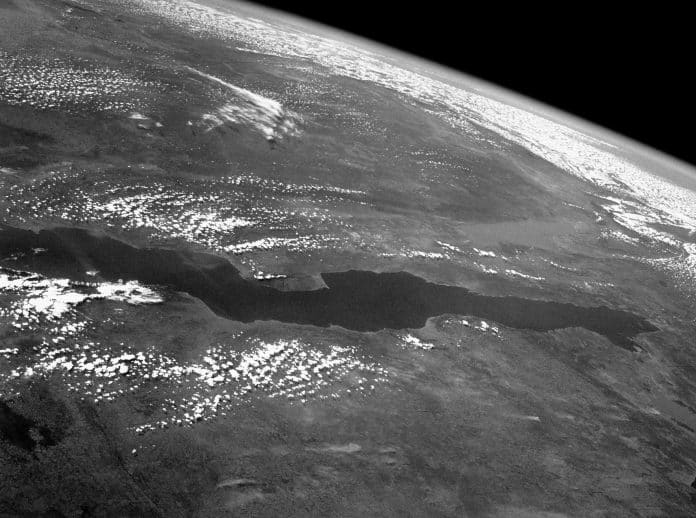Lake Tanganyika – Everything You Need to Know
Lake Tanganyika is in top ranks among the largest lakes in Africa. The lake only comes second to Lake Baikal when it comes to age, size in terms of volume and depth. Lake Tanganyika on a map of Africa is can definitely not be missed due to its shear majestic size.
How long is Lake Tanganyika? It takes the crown for being the longest of the world’s freshwater lakes. The lake transverses four countries, with Tanzania having the largest portion (46%), followed by the Democratic Congo (DRC) with 40%, the remaining is shared between Rwanda and Burundi. Among these four Lake Tanganyika countries, Congo with is the lake’s outlet via its major Congo river, leaving the lake and draining its waters into the vast Atlantic Ocean.
Where is Lake Tanganyika? Lake Tanganyika on a map of Tanzania can be found on the western side of the country.
Lake Tanganyika Facts to Look At
Origin
To start the list of facts about Lake Tanganyika, let us look into the name itself first. The name “Tanganyika” apparently means “a large lake spread out everywhere like a desert”, or “a lake like a desert”. And this can be seen easily if you get a chance to a chance to look at a Tanganyika Lake map, you will see the lake on the western side of Tanzania spreading from almost the north all the way down to the south of the country.
Lake Tanganyika Geography and Geological History
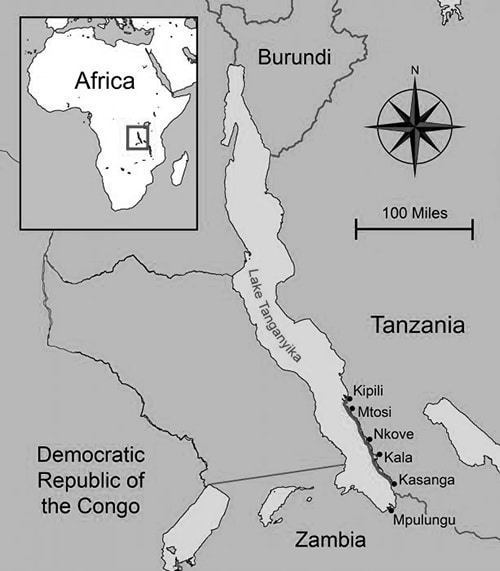
Geography of Lake Tanganyika Location
Lake Tanganyika is found in the hills of the valley called Albertine Rift, which is the westernmost branch of East African Rift Valley where it is surrounded by mountain walls that form the valley. The lake ranks as the largest of the rift lakes in the continent and is also the second-biggest on earth in terms of volume. This rank definitely speaks for itself in terms of how big is Lake Tanganyika.
It ranks first in terms of depth among all lakes in the African continent and has the largest volume of freshwater, which accounts for 16% of all the freshwater available in the world. The lake is 676 km (approximately 420 miles) north-south and approximately 50 kilometres wide (31 miles). The lake is 32,900 square kilometres (12,700 miles), with a coastline of roughly 1,828 km (about 1,136 miles).
How Deep is Lake Tanganyika?
Lake Tanganyika max depth averages 570 meters (1,870 feet) and the deepest section is 1,471 meters (4,826 feet) recorded in its northern basin. The lake’s volume is estimated to be about 18,900 km3 (4,500 cubic miles).
Lake Tanganyika size of the catchment area is about 231,000 square kilometres (86,000 miles). Two large rivers carry water to the lake in addition to several other rivers and smaller streams (the length of which is influenced by the mountainous landscape surrounding the lake). The main outlet from the lake is the Lukunga River, which flows to the colossal Congo River. Rainfall and evaporation contribute significantly to rivers. About 90% of the water comes from rain showers on the lake surface and about 90% of the water loss is due to evaporation.
How was Lake Tanganyika Formed?
The main inlet of the lake is River Ruzizi, which was formed approximately 10,000 years in the past, and flows into the lake at its northern end with its source being Lake Kivu. River Malagarasi, the second greatest river in Tanzania, flows into Lake Tanganyika from its Eastern side. The Malagarasi River is more ancient than the lake itself and is likely to have been a tributary of the Lualaba River, the main source of the great Congo River, before the lake’s formation.
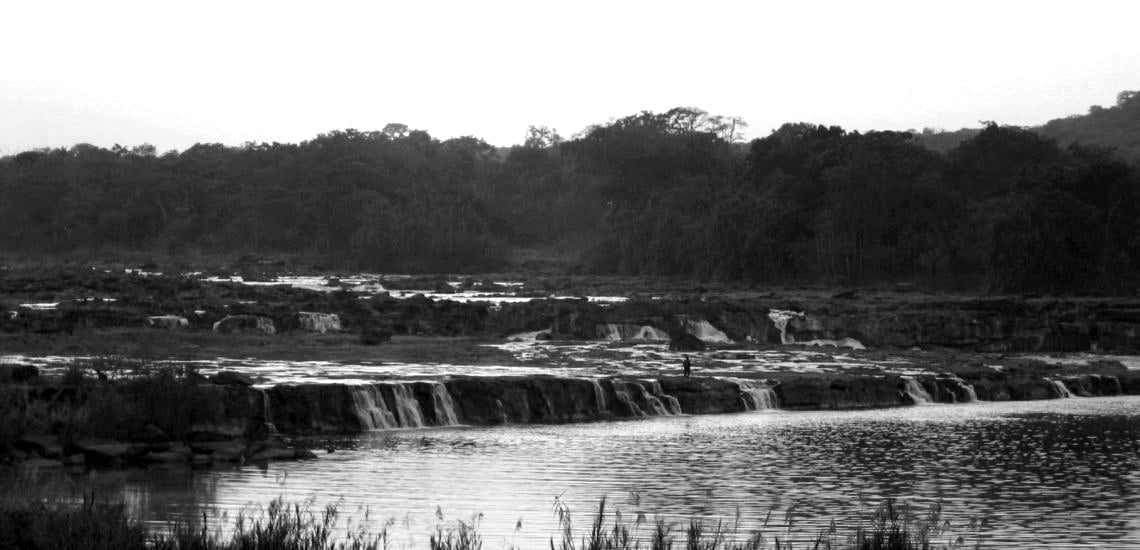
The lake’s history of changes in flow patterns is complicated, due to the steep elevation, depth, low volume of incoming water, and the presence of mountains in volcanic areas that have undergone climate change. It has very few times flowed its water out to the ocean. The lake has been labelled a “closed lake” due to this. The connection between the lake and the sea depends on the large amount of water that will allow water to overflow to the Congo River via the Lukunga River. If water does not overflow into the Lukuga River, its exit is usually shut off by sand masses and water weeds, and instead, the river relies on its other tributaries, mainly the Niemba River, to continue flowing.
Because of the tropical lake area, Lake Tanganyika climate is usually comprised of a large amount of evaporation. Therefore, it relies on the large amount of water brought in by the Ruzizi which is an outlet of Lake Kivu to maintain high water levels that is enough to overflow. The Lukuga outflow system is roughly 12,000 years old, and it was the result of flowing lava sealing Kivu basin’s initial outflow which flowed to Lake Edward before proceeding to join the Nile River systems and redirecting it to join Lake Tanganyika. Indicators of ancient shores show that at one time, Tanganyika was probably 300 meters (980 feet) below its current level, while having no outlet draining to the ocean. Its current water outflow is sporadic and was probably not available when European explorers visited in 1858. At some point, it is possible that the lake had different inlets and outlets; an inlet from Lake Rukwa and a link to Lake Malawi. Furthermore, an outlet to the Nile River has also been shown to have had an existence at one point within the lake’s history.
Lake Tanganyika is considered ancient type of lake. The lake has three basins, which used to be separate lakes in ancient periods when water levels were lower, with all three having varying ages. Formation of its central basin began 9 – 12 million years ago (Mya), north 7 – 8 million years ago and south 2-4 million years ago.
Islands
The lake has several islands, the important ones are highlighted below:
- Kavala Island in DRC
- Mamba-Kayenda Islands in DRC
- Mountains Island in DRC
- Kibishie Island in DRC
- Mutondwe Island in Zambia
- Kumbula Island in Zambia
Water Quality
The water in the lake is basic with an approximate pH of 9 between the depth range of 0 – 100 meters (0 – 330 feet). Below 100m, Lake Tanganyika pH is about 8.7, slowly falling to 8.3 – 8.5 in the deepest part. A similar structure can be seen in the way electricity is transmitted, ranging from 67us / cm in the shallow parts to 690uS / cm in the deepest parts. Temperatures of the surface waters typically range from 24 degrees Celsius (75F) in the lake’s Southern area in August to about 28 – 29 C (82 – 84F) in the March rainy season. At a depth of more than 400 meters (1,300 feet), the temperature is consistent at around 23.1 to 23.4C (73.6 – 74.1F). Water temperature has been rising steadily since 1800, this increase has been accelerated by global warming which has been significant since the 1950s. The lake is layered and the periodic mixing does not normally exceed a depth of 150 meters (490 feet). This combination usually occurs when the cold water at the bottom of the lake rises to the south and is driven by the wind, albeit to a lesser extent. As a result of the layers in the lake, the lower part contains “toxic water”, which means the water has no oxygen in the lower part, which prevents fish and other organisms from reaching the lower parts of the lake. Some geographical differences can be seen in the depth limit, but it is usually between 100 meters (330 feet) north of the lake and 240 – 250 meters (790 – 820 feet) south. The lowest parts of the lake are oxygen-free and contain a high amount of hydrogen sulphide and are essentially lifeless, except for bacteria.
Lake Tanganyika Biotope
Reptiles
Nile crocodile in Lake Tanganyika (even the infamous giant Gustave crocodile) is a common sight for many living in the region or touring the lake, additionally you have the serrated hinged terrapins, the Zambian hinged terrapins, and the pan hinged terrapins (the latter not found on the lake but in the neighboring lagoons). The storm’s water cobra, which is part of the endangered and fish-eating cobra, is found only in the lake, where they prefer rocky beaches.
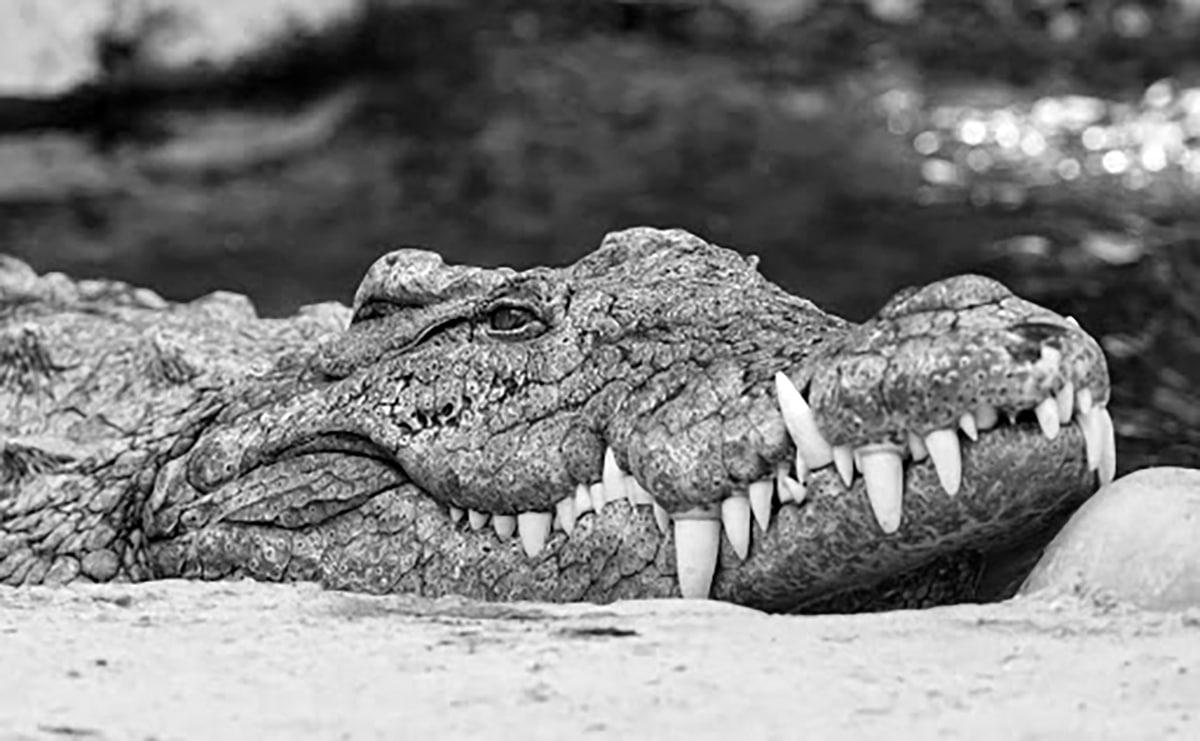
Tanganyika Lake Cichlid Fish
There is an excess of 250 different Lake Tanganyika cichlid fish species with some species yet to be described. Almost 98 per cent of the cichlids in Lake Tanganyika are endemic to the lake making them a valuable resource in the study of the evolution of species. Some of these indigenous Lake Tanganyika cichlid species occur in the upper part of the Lukuga River in small quantities, the lake’s outlet, but the further spread to the Congo Basin is inhibited because Lukuga has several water rapids and waterfalls and due to the water chemistry (Tanganyika water is alkaline, still Congo water is acid). The Lake Tanganyika cichlids inhabiting the Great Lakes of Africa, inclusive of Lake Tanganyika, show different species of vertebrates and how they can adapt to the different environments in which they live.
Even though Tanganyika hosts fewer cichlids than lake Malawi and lake Victoria, both of which have latterly faced the emergence of new species (which have produced many similar species), population of cichlids from Lake Tanganyika is the most diversified both structurally and genetically. This is associated with the great age of Tanganyika, as it is more ancient than the other lakes. Tanganyika has a higher proportion of cichlid genera than any other lake in Africa. All the cichlids of Lake Tanganyika are from the subfamily Pseudocrenilabrinae. Of the 10 tribes in this sub-family, half are found exclusively in the lake (Ectodini, Cyprichromini, Limnochromini, Tropheini and Lamprologini) another three subfamilies have species in the lake ( Tulapiini, Haplochromini, and Tylochromini). Some have proposed to divide the Tanganyika’s cichlids into several tribes to 12 – 16 (to add to the aforementioned, Trematocarini, Perissodini, Greenwwoodochrmini, Eretmodini, Cyphotilapiini, Boulengerochromini, and Bathybatin)
Most of the Tanganyika Cichlids inhabit the shoreline up to the depth of 100 meters (330 feet), but other deep-water Lake Tanganyika fish species list sometimes occupy up to 200 meters (660 feet). The Trematocara species are known to be found at more than 300 meters (980 feet), which is the deepest of any cichlid worldwide. Some species (e.g., Hemibates, Xenochromis, Gnathochromis and Bathybates) have been found in areas that lack oxygen, and how they can withstand it is unknown. Tanganyika Cichlid are usually benthic (found in or near shallow Lake Tanganyika depth) or on the coast. There are no Tanganyika Caliphs that live in the open sea or off the coast, with exception of some Bathybates. Of these, two (B. fasciatus and B. ico), eat Lake Tanganyika sardines. Tanganyika’s cichlids’ species vary widely in ecosystems and include grass-eating species, predators, aquatic organisms, insect predators, snail-eating insects, dead tree-eating, bone-eating, and fish-only eaters. Their breeding habits are classified into two basic categories, those that breed in caves in the rocks and the mouthbrooding ones. Among the indigenous cichlid species are the two smallest cichlids in the world at 4-5 cm (1.6-2.0 inches): N. similis and Neolamprologus multifasciatus (both
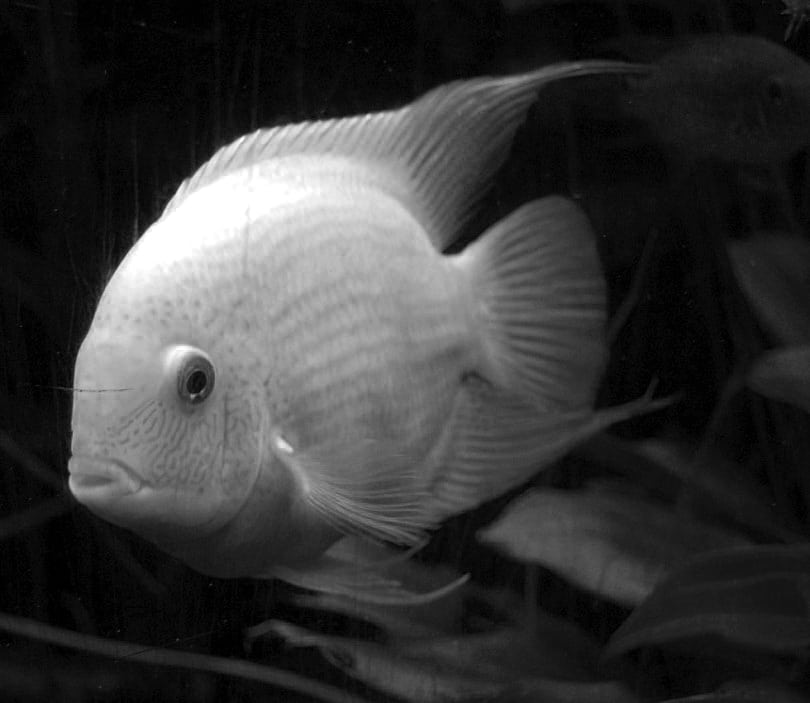
using shells as a breeding ground), and the largest (Boulengerochromismicrolepis) to reaching 90 centimetres (3.0 feet).
Many cichlids found in Lake Tanganyika, for example, those belonging to the genera Xenotilapia, Tropheus, Neolamprologus, Lamprologus, Julidochromis, Eretmodus, Cyprichromis, and Altolamprologus are the most spectacular show fish because of their lines and bright colours, and amazing behaviours. Recreating an environment like Lake Tanganyika to provide Cichlid with an environment resembling their natural habitat is common in the aquarium industry.
Nowdays it is normal to find Lake Tanganyika aquarium fish such as the Lake Tanganyika Cichlids for sale.
Other Fish from Lake Tanganyika
The Tanganyika fish (Lamprichthys tanganiscanus) is the only fish in its genus.
Lake Tanganyika hosts an excess of 80 species of fish other than cichlids and approximately 60% are indigenous.
Water in the pelagic zone is inhabited by four distinct species of non-cichlid fish: Two “Tanganyika Fish” species (Stolothrisa tanganicae and Limnothrissa miodon) account for most of the fish found in this area and are an essential source of food for forktail lates (Lates microlepis) and perch type sleek lates (L. stappersii). Two more species are found in the lake, the Tanganyika perch (L. angustifrons) and the bigeye lates (L. mariae), both of which are underwater predators, although they can go to the open waters. Finding larger individuals of these four lates is rare these days due to overfishing.
Among the amazing fish in lake Tanganyika are the native ones, are cuckoo catfish (include Synodontis grandiops and S. grandiops) which show facultative brood parasitism. Several others are similar (for instance S. petricola and S. lucipinnis) and are frequently confused; it is not known if they have similar behaviours. Dependent caregivers often lay their eggs along with the cichlids fish that keep their babies in their mouths. The cichlids take eggs in their mouths as if they belonged to them. After the catfish eggs are released, the hatchling eats the cichlid’s eggs. Six genera of Lake Tanganyika catfish are found in the basin of Lake tanganyika: Tanganikallabes, Pseudotanganikallabes, Phyllonemus, Lophiobagrus, Dinotopterus, and Bathybagrus. Although their genera are not indigenous, six Chrysichthys catfish species are found exclusively in this lake basin and live in shallow and slightly deep waters; with the ones living in the latter habitat being hunters and scavengers. The most distinctive evolutionary change in the lake lies in 15 different species of the Mastacembelus spiny Lake Tanganyika eel, which are all native to the basin bar one. Although the other Great African Lakes also host the Synodontis catfish, and Mastacembelus spiny eels, this great diversity is distinctive to Lake Tanganyika, and maybe due to its age.
Amidst the non-native Lake Tanganyika fish, some are distributed all over Africa while some are shared exclusively with the Congo river basin and the Malagarasi, examples include the Congo bichir (Polypterus congicus), the Hebe (Hydrocynus goliath), Citharinuscitharus, and others known as distichodus with six bands(Datichodus sexfasciatus) and mbu puffer (Tetraodon mbu).
Molluscs and Crustaceans
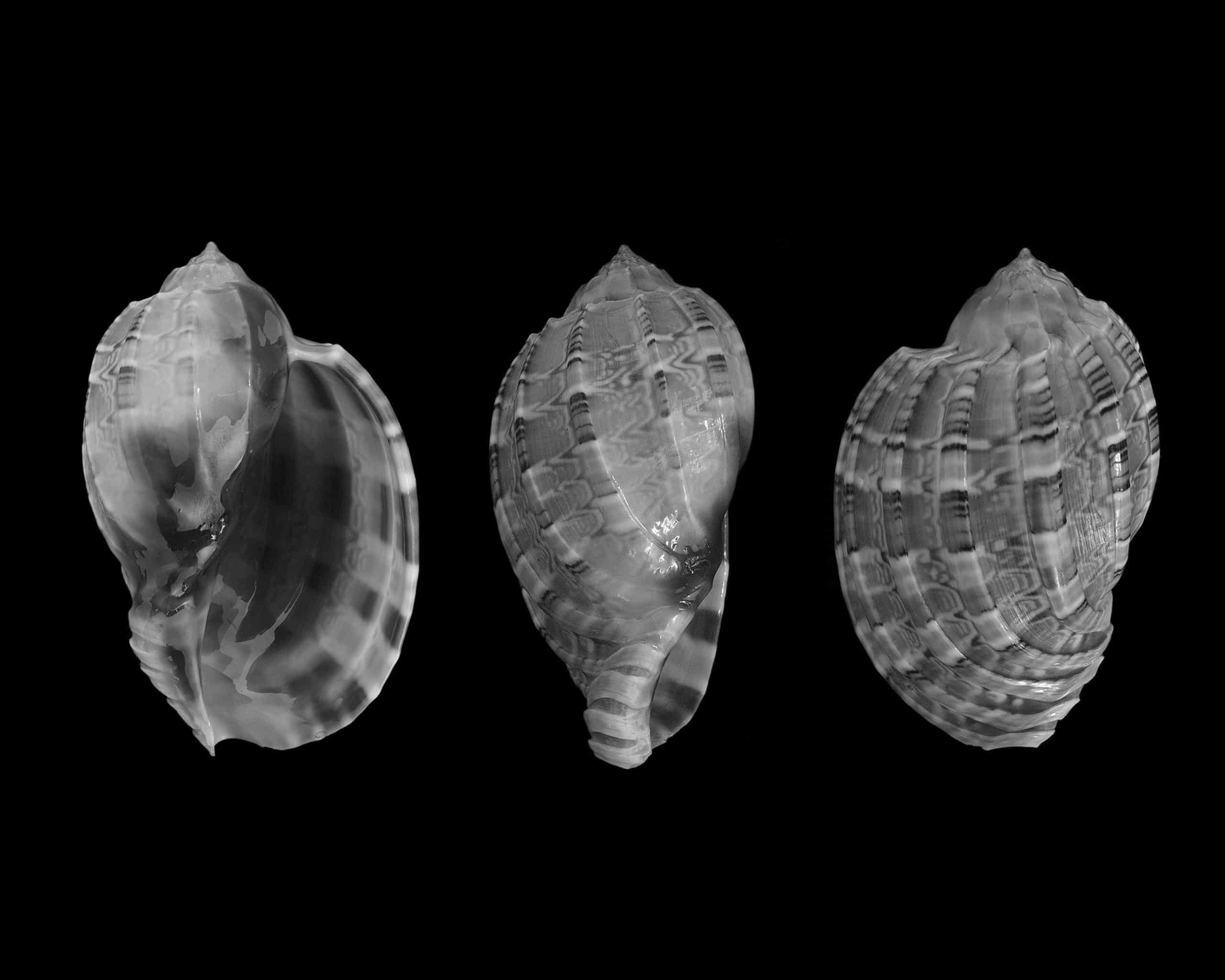
An aggregate of 83 species of freshwater snails (65 natives) and 11 species of Chaza (8 natives) are known to exist in the lake. Among the native bivalves, three are known as the monotypic genera: Grandidieriaburtoni, Brazzaea anceyi, and Pseudospatha tanganyicemsis. Most of these Lake Tanganyika snails are atypical for freshwater dwelling species with a thick shell and/or unique appearance, characteristics more commonly found in sea snails. The snails are known as thalassoids, which means “sea-like”. All the thalassoids of Tanganyika, which constitute Prosobranchia, are native to Tanganyika. They were originally thought to be affiliated with other marine snails, it is now established that they have no relations. Their countenance is thought to result from the extremely diverse environment of the lake and the evolutionary influence of fish-eating snails, especially Platythelphusa crabs. A sum of 17 genera of freshwater snails are native to Lake Tanganyika, these include Tiphobia, Tanganyicia, Stanleya, Specia, Reymondia, Paramelania, Lavigeria, and Hirthia. The lake has 30 non-thelassoid, however, just five are indigenous, such as Ferrissia tanganyicensis together with Neothauma tanganyicense. These two are the largest snails in Tanganyika and their shells are utilized by small cichlids.
Crustaceans in Tanganyika are diverse, with over 200 species, with more than fifty per cent of them being native to the lake. They comprise 10 crab species that live in freshwater ( Nine Platythelphusa that are endemic and Potamonautes platynotus; also native), more than 11 different species of tiny atyid shrimp (Limnocaridina, Caridellaa, and Atyella), palaemonid shrimp which is native (Macrobrachium moorei), approximately a hundred ostracods, several of them being endemic, and numerous copepods. Of these, the species Limnocaridina iridinae live in the shell of the unionid mussel scientifically known as Pleiodon spekei and is one of the two known freshwater commensals (with the other being Caridina spongicola, a sponge-living commensal that is found in Lake Toututi, Indonesia).
Among the lakes in the Rift Valley, Lake Tanganyika leads when it comes to the abundance of shrimp and freshwater snails (in terms of population and local population). For instance, the other lakes in the rift basin with native freshwater crabs are Lakes Kivu and Victoria, with each lake being home to two species.
Other Invertebrates Found on this Great Africa Lake Tanganyika
The array and presence of other invertebrates living in the lake have not been investigated fully, there are, however, no less than 20 species of worms (12 are native), sponge (7 natives), 6 briozoa (2 are native), 11 worms called flatworms (7 are native), 20 worms known as nematodes (7 are native), 28 worms known as annelida (17 are native) and minute hydrozoan jellyfish known as Limnocnida tanganyicae.
Lake Tanganyika Fishing
Lake Tanganyika caters for large-scale fishing, where, depending on the source, it supplies 25-40% or even up to 60% of the animal protein consumed by the locals. Presently, approximately about 100,000 persons practice fishing in almost 800 different sites. Lake Tanganyika is
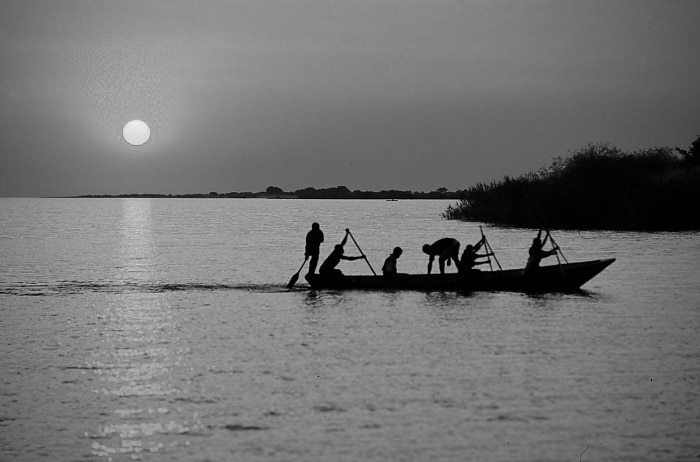
also important to the approximate population of 10 million persons dwelling in the main basin.
Fish from the lake is disseminated all over East Africa. Serious commercial fishing activities commenced in the 1950s and in conjunction with global warming (which restricts the flourishing of temperature-sensitive species), they have harmed Tanganyika lake fish populations, leading to declining numbers. It is approximated that more than 200,000 tons of fish were caught from the lake in 2016. Fishing enterprises that thrived during the ‘80s have collapsed.
Transportation
Two ferries transport people and cargo on the east coast: MV Mwongozo operates between the towns of Kigoma and Bujumbura while MV Liemba operates between Kigoma port town and Mpulungu.
Kigoma port town is the main railway station for the railway line to Dar es Salaam. Kalemie port town (formerly Albertville) acts as the main railway station in DR Congo. Mpulungu port town has been proposed to be the railhead in Zambia.
On 12th December 2014, a Lake Tanganyika ferry named MV Mutambala sank in the Lake leading to over 120 deaths.
History
It is believed that Homo Sapiens made a difference in the early Stone Age era. The period between the Middle Stone era and the last Stone Age stands out as a period of the development of the methods of hunting and gathering. It is thought that they caused the extinction of large Lake Tanganyika animals.
There were several fishing methods used by the indigenous people. Many of these involved the use of lights as a means of deceiving light-loving fish. The methods can be grouped into three primary types. The first is called Lusenga, it involved the use of an extensive net from a canoe by a single person. The second involved the use of the lift net, which was carried out by throwing a net under the canoe using two canoes in the same direction and pulling the net up simultaneously. The last method is known Chiromila, and it involved three canoes. A canoe with a lit lantern remains stationary while the other canoe clasps the net on one side while the third canoe circumnavigates the stationary canoe to bring up the net. In 1858, the first Europeans to see Lake Tanganyika were English explorers John Speke and Richard Burton, who stumbled on the lake while in search of the source of River Nile. Speke went on to discover Lake Victoria as the source of the River Nile. David Livingstone later encountered the lake and wrote the word “Liemba” in the southern part, likely from the local Kifipa language. In 1927 it was delegated to be the name of the German war-torn German warship Graf von Götzen, a ship that continues to serve on the lake to this day.
The First World War
Lake Tanganyika was part of two battles that were glorified during the first world war.
Graf Goetzen ( a ship which was named in honour of Count Gustav Adolf Graf von Götzen, former German governor of East Africa), gave the Germans total control in the initial stages of the battle for Lake Tanganyika. It ferried both cargo and people on the lake, as well as carrying out surprise attacks by coalition forces.
It was therefore important for the coalition forces to control the lake. Lieutenant Commander Geoffrey Spicer-Simon’s command of the British navy oversaw the transport of two armed motorboats, HMS Toutou and HMS Mimi, from Britain to Albertville (present Kalemie) on the west shore of the lake. The two war boats ambushed the Germans in December 1925 and captured the Kingani warship. In February 1916, the British sank a second German vessel named the Hedwig hence leaving the Germans with only the Götzen.
Due to their improved position in the lake, coalition forces began to march on to Kigoma on land, an airbase was set up at Albertville by the Belgians. In the month of June 1916, a bomb attack was launched from this airbase at German stations in Kigoma and its surroundings. The battle of Lake Tanganyika came to an end at this point, with both parties reluctant to attack. On the other hand, the battle on land continued, with large numbers giving victory to the coalition forces, who interrupted the railway line in July 1916 and made a move to cut off Kigoma entirely. This prompted German commander Gustav Zimmer to leave the town and move south. To prevent his ship from falling into the hands of the Allied forces, Zimmer did cut off the hull of the ship on 26th July 1916. The ship was relaunched later in the year 1924 and named MV Liemba.
Che Guevara
In 1965 Che Guevara, the Argentinian revolutionary used the west coast of the lake as a center for training guerrilla fighters in the interior of Congo. Operating from his camps, he staged a coup on the government, he failed and they left in under a year because the National Security Agency (NSA) spied on him throughout the period and colluded with the government to thwart his guerrillas.
Recent History
Lake Tanganyika starred on British Television in 1992 in the documentary Pole to Pole documentary. BBC documentary filmer Michael Palin travelled the lake on MV Liemba.
From 2004 onwards, the lake been brought to the attention of the public and major entities around the world due to the major water and environmental project under the IUCN. For $ 27 million, this project is expected to span across five years as it attempts to examine the lake’s condition and conditions, and set acceptable parameters for Lake Tanganyika underwater reservoirs, air pollution, and overall water quality, as well establishing a management authority for the lake basin.
The Consequences of Global Warming
Global warming has led to an increased global temperature which is directly linked to the low level of production in the lake. The winds of the south cause the uproar of the shallow waters to the lake’s south end. This occurs during the winter months (Fifth Month to Ninth Month). The nutrients found in the deep waters are important in reviving the food chain and Lake Tanganyika plants in general. Southern winds are slowing thus reducing the ability of the nutrients. This culminates in the low productivity of the lake.
Relationship with Fiji
According to folklore from parts of Fiji Islands South of the Pacific Ocean, Fijians came from Tanganyika. This narrative is thought to have begun in recent decades. However, this concept cannot be substantiated and is conflicted by archaeological, linguistic and genetic proofs.
For more articles related to lakes in Tanzania and their inhabitants click here!
























